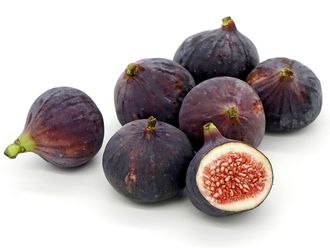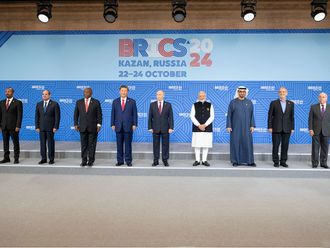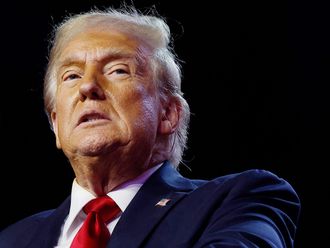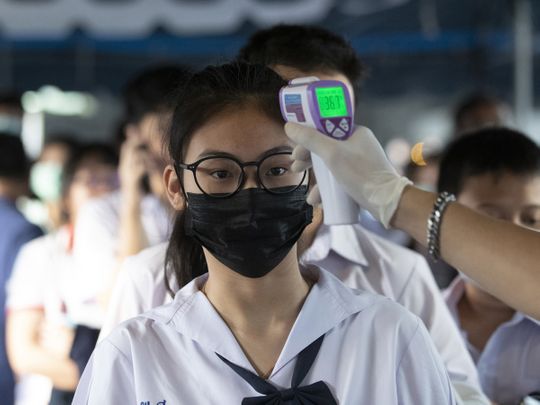
While the spread of Covid-19 is picking up speed in Europe and the United States, among other regions, the outbreaks in some countries in Asia seem to be under control.
The epidemic in China appears to be slowing down after an explosion in cases followed by weeks of draconian control measures. And other locations have managed to avert any major outbreak by adopting far less drastic measures: for instance, Hong Kong, Singapore and Taiwan.
All have made some degree of progress, and yet each has adopted different sets of measures. So what, precisely, works to contain the spread of this coronavirus, and can that be implemented elsewhere now?
Containment, however valiant an aim, also comes with very high costs, social and economic, and it might be an impossible goal for some countries, especially by now
In late January, after a sluggish — and problematic — initial response, the government of mainland China put in place unprecedented containment and social distancing measures. It locked down major cities, notably Wuhan, the epicentre of the outbreak, and imposed various travel restrictions throughout the country.
Milder symptoms
The testing capacity of laboratories was rapidly expanded. To relieve pressure on hospitals, patients with milder symptoms were placed in temporary isolation facilities set up in gymnasiums and event halls. New hospitals were constructed.
People who had come into contact with anyone infected were sent to designated facilities, typically converted hotels or hostels, for prophylactic quarantine. Home quarantine was advised only for those only at slight risk of infection.
Initially, almost all residents of Wuhan and other affected cities were required to stay at home; schools and workplaces remained closed well after the end of the Lunar New Year festival, around Jan. 27.
The scale of these measures has been extraordinary: Almost 60 million people were placed under lockdown in Hubei Province alone, and most factories in the province are expected to remain shut until March 20. The economic costs are enormous.
Already in early February, about one-third of approximately 1,000 small and medium-size businesses interviewed for one survey said they had only enough cash to survive for a month.
But the restrictions seemed to have worked to contain the spread of Covid-19 in China: The number of new cases reported every day is now consistently much lower than it was a few weeks ago.
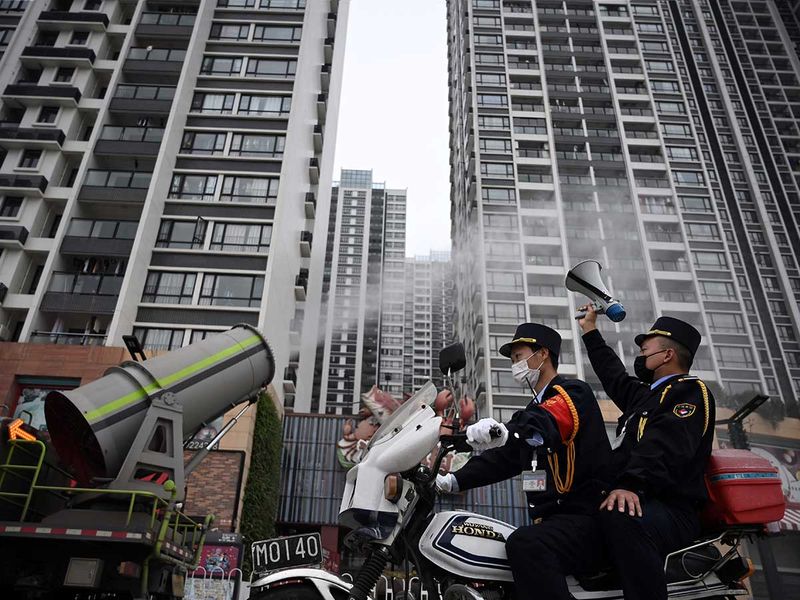
But lockdowns and forced quarantines on this scale or the nature of some methods — like the collection of mobile phone location data and facial recognition technology to track people’s movements — cannot readily be replicated in other countries, especially democratic ones with institutional protections for individual rights.
Instructive examples
And so Singapore, Taiwan and Hong Kong might be more instructive examples. All three places were especially vulnerable to the spread of the infection because of close links with mainland China — especially in early January, as they were prime destinations for Chinese travellers during the upcoming Lunar New Year holiday. And yet, after all three experienced outbreaks of their own, the situation seems to have stabilised.
As of midday Friday, Singapore had 187 cases confirmed and no deaths (for a total population of about 5.7 million), Taiwan had 50 confirmed cases including 1 death (for a total population of about 23.6 million) and Hong Kong had 131 confirmed cases including 4 deaths (for a total population of about 7.5 million).
Since identifying the first infections (all imported) on their territories — on Jan. 21 in Taiwan and on Jan. 23 in both Hong Kong and Singapore — all three governments have implemented some combination of measures to (1) reduce the arrival of new cases into the community (travel restrictions), (2) specifically prevent possible transmission between known cases and the local population (quarantines) and (3) generally suppress silent transmission in the community by reducing contact between individuals (self-isolation, social distancing, heightened hygiene).
But each has had a different approach.
Singapore, an island, could readily take aggressive measures to block the arrival of the infection from China — and it did. Three days after the Chinese authorities alerted the world about the outbreak in Wuhan, Singapore started referring inbound travellers from Wuhan with a fever and respiratory symptoms for further assessment and isolation.
It was also one of the first countries to cancel all inbound flights from Wuhan after identifying its first imported case.
Travellers coming from affected areas were placed under mandatory quarantine; three university hostels were promptly converted into facilities to host them. The government compensated individuals and employers for any workdays lost.
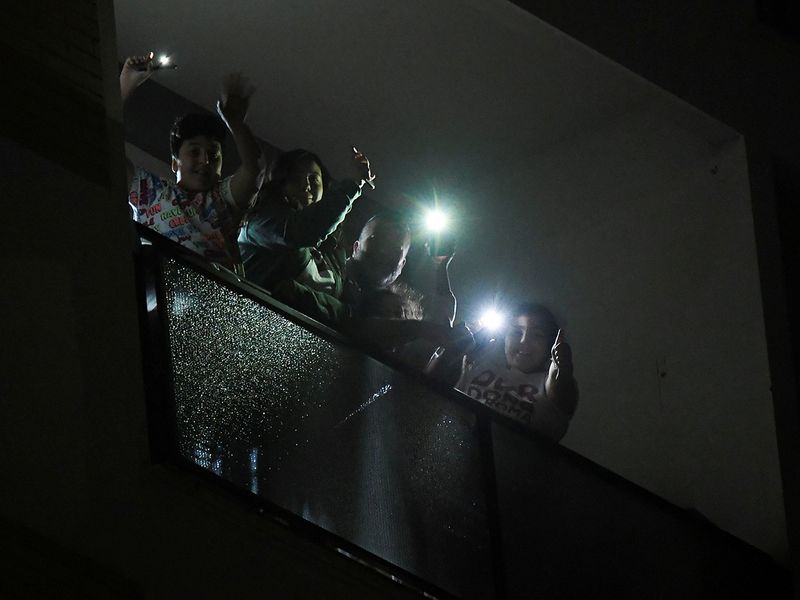
The Singapore authorities undertook especially intensive efforts to trace the contacts of people known to be infected. Hospital staff went to great lengths to interview patients about their recent whereabouts; when information was unclear or unavailable, the Ministry of Health retrieved additional data from transport companies and hotels, including by consulting CCTV footage.
Large gatherings have been suspended. But to minimise social and economic costs, schools and workplaces have remained open.
The Singaporean Ministry of Education — on an extensive FAQs web page — calls the closing of schools “a major, major decision” that would “disrupt many lives.” Instead, students and staff are subjected to daily health checks, including temperature screenings.
Exemplary standards of public hygiene
Public-health campaigns were also reinforced to further improve Singapore’s already exemplary standards of cleanliness and public hygiene.
A special government task force recently recommended five personal hygiene habits:using a tissue when coughing or sneezing; using designated serving spoons during group meals; using trays when eating or drinking to limit contamination in case of spills; keeping public toilets clean and dry; and regular hand washing.
From the outset, the government has recommended the use of masks only for people who already are unwell.
Taiwan, also an island, took a slightly different tack. Instead of promptly banning travel from China, it undertook a comprehensive effort to screen newcomers from suspect areas.
The government has mounted a public-education campaign to promote hand hygiene and environmental hygiene. Nearly everyone in Hong Kong wears a face mask in public
As soon as early January — just days after the news of the outbreak in Wuhan — Taiwanese medical authorities would board incoming flights from Wuhan and inspect and screen travellers on the planes.
It was only after the first imported case was identified on Jan. 21 that four major airlines suspended flights between Taiwan and Wuhan. A ban on all but flights from Beijing, Shanghai, Xiamen and Chengdu was implemented three weeks later.
Taiwan has also taken a rather mixed approach in its efforts to reduce transmission within the community
Some state-run facilities have been used for quarantines, but home quarantine has been the predominant method of isolation even when state facilities were available. To ensure compliance, the government has enforced strict penalties against anyone who breaks an isolation order, including fines up to about $33,200.
Organisers of mass events were encouraged to defer or cancel events; some religious institutions suspended services. It was announced that elementary schools and high schools would remain closed after the end of the Lunar New Year holidays, but only for two weeks. In fact, classes resumed on Feb. 25.
The Taiwanese authorities also oversaw the controlled distribution of surgical masks from existing stockpiles through community stores, having also fixed their price.
Taiwan’s main health messages — “Wear a surgical mask when coughing or sneezing,” “Wash hands thoroughly with soap” and “Avoid crowded places, including hospitals” — were displayed prominently on the Centers for Disease Control’s website.
As of Friday, about 58 per cent of all confirmed cases in Taiwan were believed to have resulted from local transmission. This is an important marker of success for Taiwan’s containment strategy: In many other places, local cases outnumbered imported infections by a far greater margin.
Preventing transmission
Hong Kong adopted yet another approach, presumably in part because, unlike Taiwan and Singapore, the city shares a border with mainland China and is formally part of China, as a Special Administrative Region. (An average of 300,000 people crossed the border every day last year.)
The authorities here focused less on completely blocking the entry of possibly infected people into the territory than on preventing transmission within the community.
On Jan. 3 — again, very soon after the first declared case in Wuhan — existing temperature-screening stations at ports of entry were expanded, and local clinicians were asked to report to the city’s health authorities any patient with a fever or acute respiratory symptoms and a history of recent travel to Wuhan.
But it took five days after the first imported case for travel restrictions to be placed on visitors from Wuhan and other affected areas and for six of the territory’s 14 border crossings with the mainland to be closed. (Another five crossings were closed later.) The number of visitors to Hong Kong from mainland China fell to a daily average of 750 in February.
Starting on Feb. 5, anyone coming across the border — or arriving from elsewhere who had been in mainland China in the preceding 14 days — was required to undergo a mandatory 14-day period of self-quarantine.
Extensive efforts have also been made to track down and quarantine the close contacts of confirmed cases. And in the event transmission might occur before an infected person displayed any symptoms, tracing included all contacts starting two days before the onset of the patient’s illness.
Of Hong Kong’s 40,000 hospital beds, some 1,000 are negative-pressure beds, allowing confirmed cases to be properly isolated. Holiday camps and newly constructed public-housing units that were still vacant were rapidly repurposed into quarantine facilities.
As of March 12, 62 of the city’s 131 confirmed cases were thought to have resulted from close contact with other confirmed cases. More than 24,700 people were still under quarantine this week.
Social distancing
Hong Kong has also deployed very extensive measures to encourage social distancing. As early as Jan. 28, many civil servants were asked to work from home for the following month. Most large-scale events have been cancelled or postponed.
On Jan. 27, all kindergartens and schools were closed until Feb. 16; the decision was extended several times, most recently to at least April 20. Many classes have been conducted online.
Although it’s still not clear whether or how much children contract and spread Covid-19, they are known major contributors to the transmission of influenza, and Hong Kong has been effective in stemming outbreaks of the flu by suspending classes four times over the past 12 years (in 2008, 2009, 2018 and 2019).
Closing schools is a very invasive measure, but Hong Kong has a social structure that helps cushion some of the burden: Many families with two working parents already rely on domestic helpers or grandparents for child care.
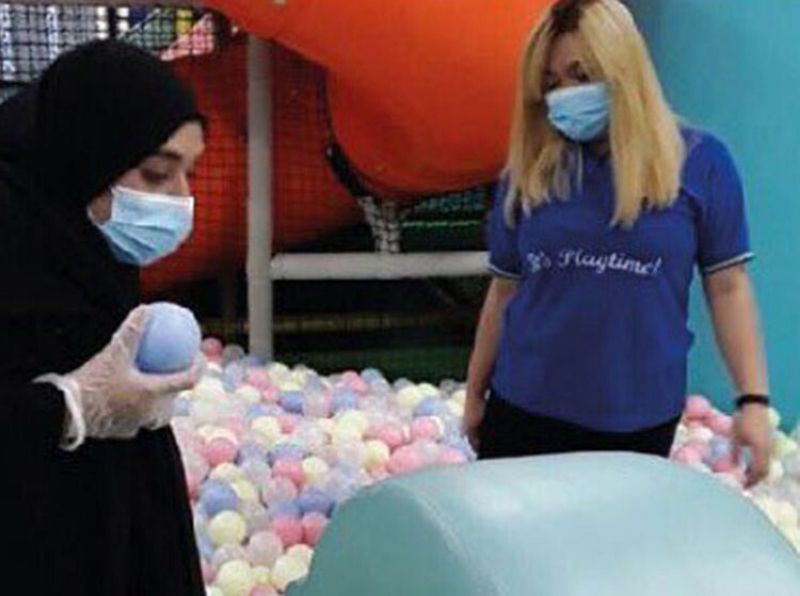
The government has mounted a public-education campaign to promote hand hygiene and environmental hygiene. Nearly everyone in Hong Kong wears a face mask in public.
And now, the caveats. Singapore, Taiwan and Hong Kong, as well as China, all had to contend with the SARS outbreak of 2002-3 and they internalised the lessons of that experience. Institutionally, this has meant, among other things, that they developed testing capacity for new viruses as well as hospitals’ ability to handle patients with novel respiratory pathogens.
At the individual level, the experience of SARS has prepared people to voluntarily display a tremendous amount of self-discipline in, say, avoiding crowds and heightening their personal hygiene. These places were better equipped to face an outbreak of the new coronavirus than many others.
At the same time, if the inroads Singapore, Taiwan and Hong Kong — China, too — have made against Covid-19 are promising, these gains also are fragile. These governments will need to keep at their containment measures for many more months or else risk a surge in infections. Taiwan seems especially vulnerable because it appears not to be testing people enough.
The Chinese government has taken something of a victory lap recently, prematurely. But even it seems to know that, despite its bluster: Judging from bans China is now imposing on travellers from certain European countries, it is well aware that cases of infection could be reintroduced from abroad.
Containment, however valiant an aim, also comes with very high costs, social and economic, and it might be an impossible goal for some countries, especially by now. In some places, Covid-19 could already be too widespread to be stopped.
The vast majority of infections still appear to be mild, though; many might not even require medical attention. In such cases, it would be better to forgo trying to contain the disease and instead focus on mitigating its worst effects, for example, by concentrating resources on preventing an overwhelming surge in demand for hospital care, particularly intensive care.
Still, the central point is this: Each in its own way, Singapore, Taiwan and Hong Kong — three places with markedly different socioeconomic and political features — have been able to interrupt the chain of the disease’s transmission.
And they have done so without embracing the highly disruptive, drastic measures adopted by China. Their success suggests that other governments can make headway, too.
— Benjamin J. Cowling is a professor of infectious diseases. Wey Wen Lim is a graduate student in epidemiology



